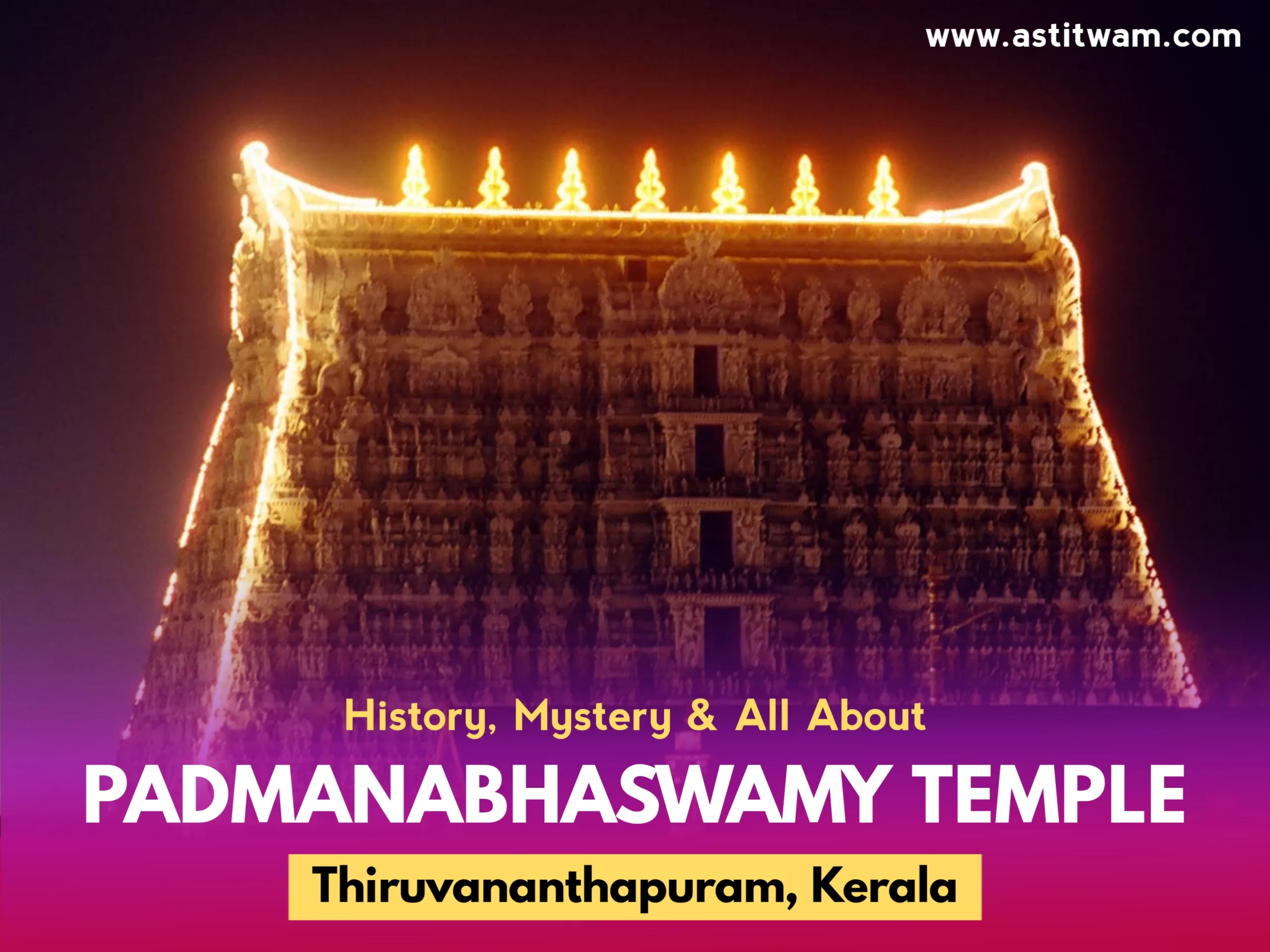Somnath Jyotirlinga: A Sacred Pilgrimage of Spiritual Significance

Table of Contents
Introduction
Somnath Jyotirlinga holds a special place in the hearts of millions of Hindus as one of the most revered pilgrimage sites in India. Situated in Prabhas Patan near Veraval, Saurashtra, Gujarat, this ancient temple is dedicated to Lord Shiva, the destroyer and transformer in Hindu mythology. The rich history, architectural marvels, and spiritual significance of Somnath Jyotirlinga attract devotees and tourists from all over the world.
The Legend of Somnath Jyotirlinga
The Divine Origin

The origins of Somnath Jyotirlinga are steeped in mythology and legend. According to ancient Hindu scriptures, Lord Brahma, the creator of the universe, installed the sacred lingam (an abstract representation of Lord Shiva) at this very site. The temple’s name, “Somnath,” derives from “Soma” (moon) and “nath” (lord), signifying its association with the Moon God, Chandra.
The Destruction and Rebuilding


Somnath Jyotirlinga’s history is a tale of destruction and resilience. The temple faced numerous invasions and was famously plundered and destroyed by Mahmud of Ghazni in the 11th century. However, each time it was ravaged, the temple was lovingly rebuilt by devout rulers and pilgrims, symbolizing unwavering devotion and determination.
The site of Somnath holds profound historical and spiritual significance as a Triveni Sangam, where three sacred rivers – Kapila, Hiran, and Saraswati – converge. Legend has it that the Moon god, Soma, once lost his luminance due to a curse and sought rejuvenation by bathing in the waters of the Sarasvati River at this very site. The waxing and waning of the moon are believed to be the result of this sacred act. The town is aptly named Prabhas, which means “lustre,” and also goes by the names Someshvar and Somnath, signifying “the lord of the moon” or “the moon god.”
Rediscovering the History of Somnath Temple
The name Someshvara makes its appearance in historical records from the 9th century, with the Gurjara-Pratihara king Nagabhata II mentioning his visits to Saurashtra’s sacred sites, including Someshvara. Scholars suggest that this indicates Somnath was a revered pilgrimage destination during that time. The first known temple for Soma at the site is often attributed to the Chaulukya (Solanki) king Mularaja, who is believed to have either built or renovated an earlier structure before 997 CE.
Unveiling the Lost Temple: Post-1950 Excavations
The post-1950 excavations at the Somnath site revealed the earliest version of the temple. These excavations unveiled the foundation of a 10th-century temple and provided insights into its grandeur and intricate decorations. Historians such as Madhusudan Dhaky believe this temple was the one destroyed by Mahmud of Ghazni.
Mahmud of Ghazni’s Raid: A Turning Point
In 1026, during the reign of Bhima I, Mahmud of Ghazni, the Turkic Muslim ruler, launched a raid on Somnath, plundering the temple and breaking its revered jyotirlinga. The inscriptions from that time provide conflicting information about the extent of the temple’s destruction. Some suggest it was merely desecrated, as the temple was repaired within twelve years and remained an active pilgrimage site by 1038.
The Impact of Mahmud’s Raid on History and Literature
Mahmud’s raid on Somnath had a profound impact on history and literature. It became a symbol of Islamic iconoclasm and a rallying point for Muslim scholars and historians. On the other hand, it inspired tales of recovery and resistance among Hindus. Turko-Persian literature developed powerful legends around Mahmud’s raid, cementing his legacy as an “icon of Islam” among Muslims, while he was seen as an “arch-enemy” in India.
Somnath’s Resilience: Rebuilding through Centuries
Despite facing destruction multiple times, the indomitable spirit of Somnath temple endured. Kumarapala rebuilt it in stone with exquisite jewel adornments in 1169. Mahipala I, the Chudasama king of Saurashtra, reconstructed the temple in 1308, and it was later reinstated by his son Khengara. The temple faced further desecrations and destruction by various rulers over the centuries, including Aurangzeb and Mahmud Begada.
The Enduring Legacy of Somnath Jyotirlinga

Despite numerous trials, the significance of Somnath Jyotirlinga never waned. It remains a sacred and revered site, drawing both Hindu and Muslim visitors. Even during the 14th century, Gujarati Muslim pilgrims stopped at the temple before embarking on the Hajj pilgrimage. Its rich history and spiritual aura continue to captivate visitors from all corners of the world.
In conclusion, the storied past of Somnath Jyotirlinga highlights its resilience, spiritual importance, and the lasting impact of historical events. As the sacred pilgrimage site stands tall today, it stands as a testament to the enduring power of faith and devotion.
The Architectural Marvel
Magnificent Structure
The present-day Somnath temple stands as a remarkable architectural masterpiece. Its soaring spire reaches toward the heavens, representing the eternal bond between humanity and the divine. The temple’s awe-inspiring design features intricate carvings, delicate motifs, and breathtaking sculptures, reflecting the artistic brilliance of ancient Indian craftsmen.
Unique Features
Somnath Jyotirlinga boasts a fusion of architectural styles, blending Chalukyan, Rajput, and Solanki influences. The Sabha Mandap, the primary assembly hall, is adorned with majestic pillars, while the Garbhagriha, the inner sanctum housing the revered lingam, exudes an aura of divinity. The temple’s location, near the shimmering Arabian Sea, enhances its spiritual ambiance.
Spiritual Significance
Pilgrimage Destination
Somnath Jyotirlinga is not merely a temple; it is a sacred destination for millions of devotees seeking solace and spiritual enlightenment. Undertaking a pilgrimage to this revered site is believed to cleanse the soul and bestow divine blessings upon the seekers.
Spiritual Beliefs and Practices
The temple adheres to age-old customs and rituals that enrich the spiritual experience of visitors. The rhythmic chanting of prayers, the lighting of ceremonial lamps during aarti, and the melodious recitation of bhajans (devotional songs) create an atmosphere of spiritual transcendence.
Festivals and Celebrations
Maha Shivaratri
Maha Shivaratri, the Great Night of Lord Shiva, is celebrated with unparalleled enthusiasm at Somnath Jyotirlinga. Devotees observe fasts and engage in night-long prayers, immersing themselves in devotion and seeking divine blessings.
Kartik Purnima
Kartik Purnima is another significant festival celebrated at the temple. Falling on the full moon day of the Hindu month of Kartik, this festival attracts a large number of pilgrims who offer their prayers and express their gratitude.
How to Reach Somnath Jyotirlinga
By Air
For travelers arriving by air, the nearest airport to Somnath Jyotirlinga is Diu Airport, located approximately 85 kilometers away. From Diu, visitors can hire taxis or use other public transportation options to reach the temple.
By Rail
Veraval Railway Station, situated just 6 kilometers from Somnath, is well-connected to major cities in India. Upon reaching Veraval, visitors can easily find local transportation to the temple.
By Road
Somnath is well-connected by a network of well-maintained roads, making it easily accessible by road. State-run buses and private taxis offer convenient transportation options.
Nearby Attractions
Gir National Park
Nature enthusiasts and wildlife lovers can visit the famous Gir National Park, located in proximity to Somnath. Home to the majestic Asiatic lions, the park offers visitors a chance to witness diverse flora and fauna in their natural habitat.
Diu Island
Diu, a charming island off the coast of Gujarat, is another attraction near Somnath. With its beautiful beaches and historical landmarks, Diu provides visitors with an opportunity to explore the relics of its Portuguese past and enjoy serene coastal landscapes.
Accommodation and Facilities
Hotels and Resorts
Somnath offers a range of accommodation options, including hotels and resorts that cater to the diverse needs of pilgrims and tourists. Many hotels provide comfortable rooms and excellent amenities to ensure a pleasant stay.
Food and Amenities
The vicinity of Somnath Jyotirlinga is dotted with eateries serving delectable local cuisine and traditional vegetarian fare. Visitors can also find facilities like restrooms, medical aid, and shops offering souvenirs and religious artifacts.
Conclusion

Somnath Jyotirlinga stands not only as a symbol of religious devotion but also as a testament to the rich cultural heritage of India. The temple’s historical significance, breathtaking architecture, and spiritual aura leave an indelible impression on the hearts of all who visit. It continues to be a beacon of hope and spirituality, inspiring people to embark on a journey of self-discovery and divine connection.
FAQs
- Is photography allowed inside the temple premises?
- Yes, photography is allowed in designated areas of the temple, but it is essential to respect the sanctity of the site.
- What is the best time to visit Somnath Jyotirlinga?
- The winter months from November to February offer a pleasant climate for a comfortable and enjoyable visit.
- Can non-Hindus visit Somnath Jyotirlinga?
- Yes, the temple warmly welcomes visitors of all faiths and beliefs to experience its spiritual aura and cultural significance.
- Are there any nearby markets for shopping?
- Yes, the nearby towns offer local markets where visitors can shop for souvenirs, handicrafts, and religious items.
- Is there any accommodation available within the temple complex?
- No, there is no accommodation within the temple complex. However, many hotels and guesthouses are available in the surrounding area for a comfortable stay.




